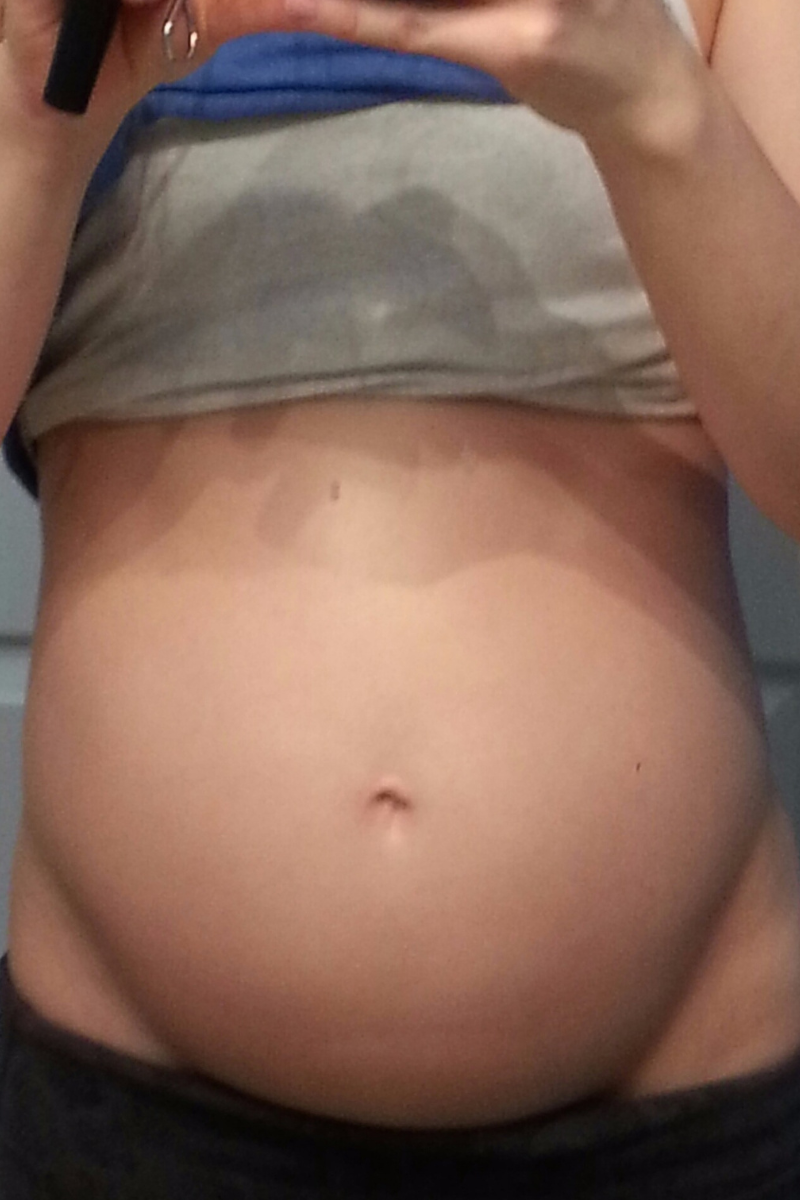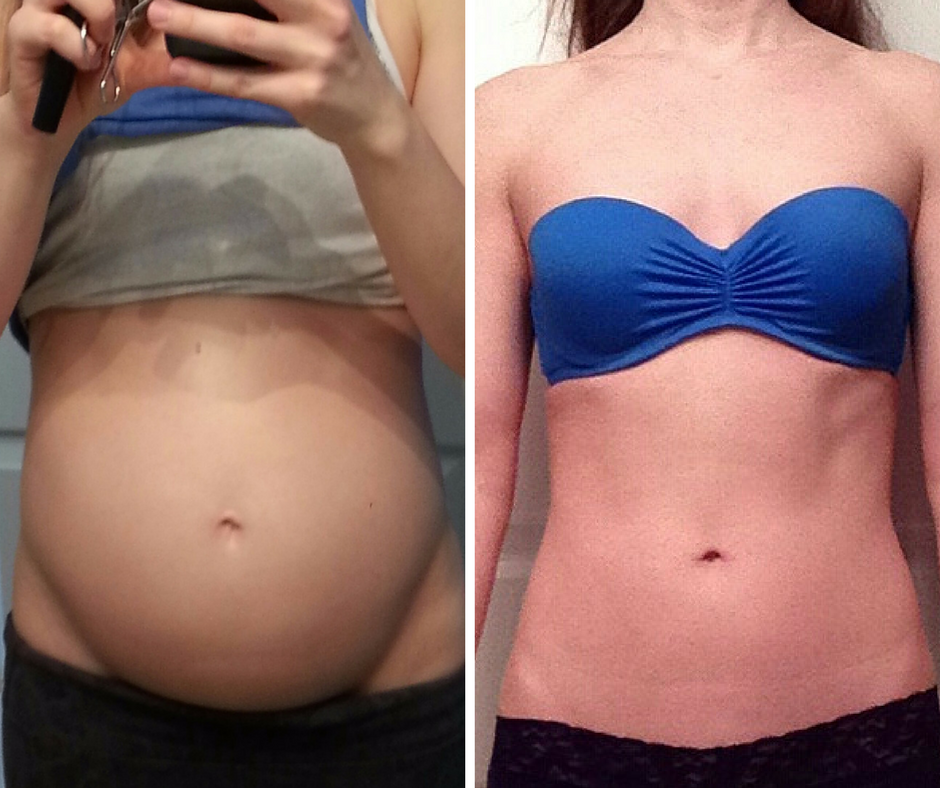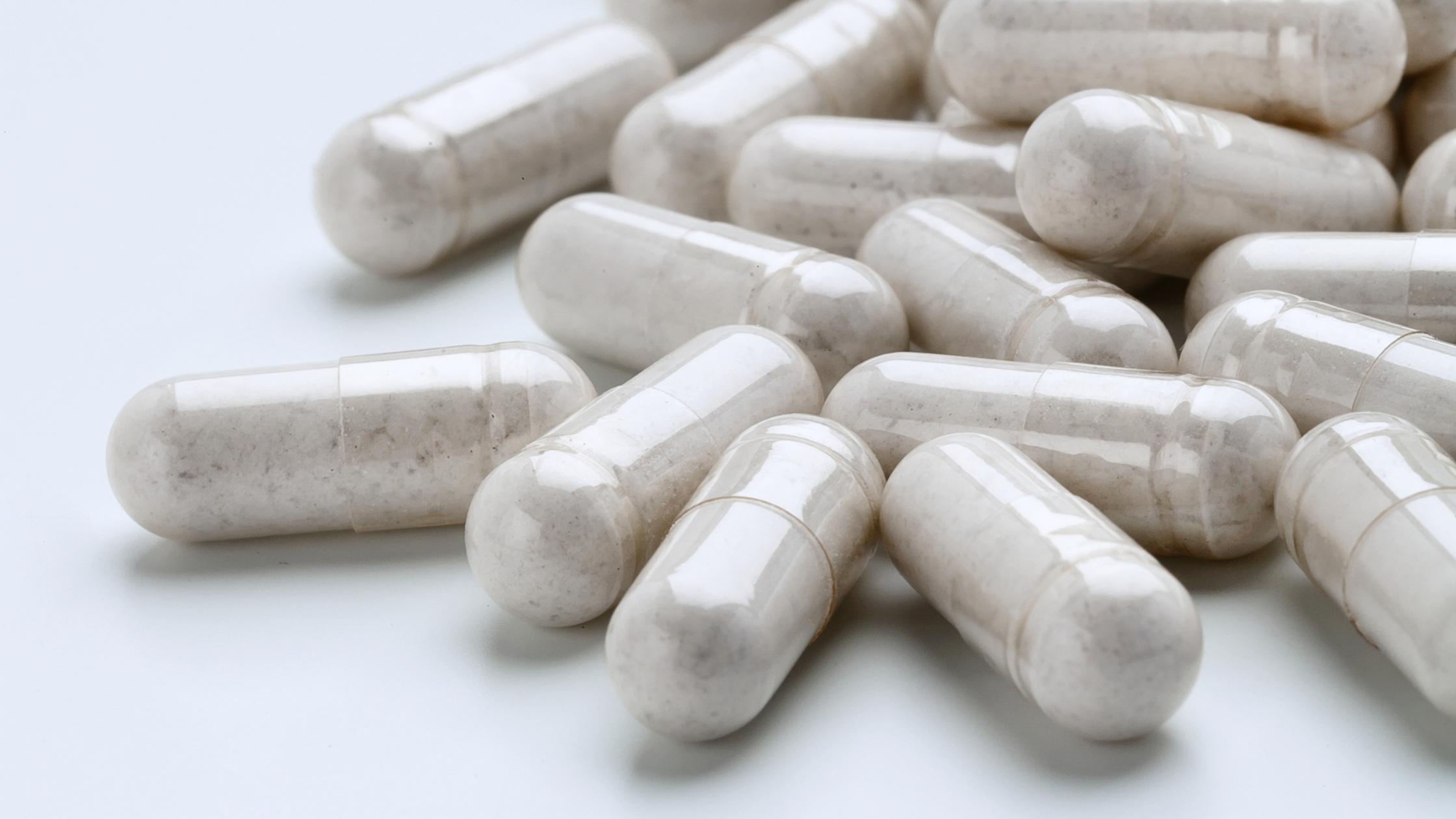IBS- and all other digestive disorders (Crohn’s, Ulcerative Colitis etc.)- have an element of dysbiosis to them. Dysbiosis is the term used when the gut micro biome has been altered, whether it is from infection by a pathogen (i.e. parasites), not enough of the good bacteria, bacteria in the wrong places (SIBO) or high numbers of yeast organisms. In almost all cases, probiotics should be introduced at some point in order to restore the good bacteria in the gut micro biome. Choosing the right probiotic is essential. There are many products out there that contain ingredients that can make your symptoms worse, not better. It’s also a waste of money.
Even those without a digestive disorder can benefit from probiotic supplementation, especially if fermented foods are not a part of the diet. The immune system lies in the gut so increasing the good bacteria can help stop you from getting sick.
Anyone that has taken a round of antibiotics should absolutely take probiotics for a minimum of one month afterwards.
This is what you should consider when choosing a probiotic.
Probiotic Count
You will see on the packaging a number that indicates the amount of bacteria in the probiotic that is capable of dividing and forming colonies. This is measured in “CFUs” which is an stands for “colony forming units”.
If you are taking a probiotic just for minor digestive issues or the immune boosting benefits, a CFU count of 10 – 25 billion should be enough.
For post-antibiotic care, look for a minimum of 50 billion. 50 billion is also the starting point for anyone with a digestive disorder and can be increased to 100 billion.
Sometimes starting with a high probiotic count can cause GI upset if dysbiosis is severe. If you have any increased gas, bloating or diarrhoea from a probiotic try a “low and slow” approach: start with a lower dose (5 billion) and slowly increase about every 7 – 10 days.
Bacteria Strains
There are countless different strains of bacteria in the gut micro biome. The more common strains available in probiotics fall into one of two groups: Bifidobacterium species and the Lactobacillus species.
Bifidobacterium are found in the large intestine (colon). They help ward off invasive harmful bacteria and other pathogens and help produce B-complex vitamins and Vitamin K.
The common strains of Bifidobacterium are:
- B. bifidum
- B. longum
- B. infantis
Lactobacillus reside in the small intestine and the urinary and genital systems. Common strains are:
- L. acidophilus
- L. fermentum
- L. plantarum
- L. rhamnosus
- L. salivarius
- L. paracasei
- L. gasseri
- L. reuteri
Generally, you want a probiotic that has a combination of the two species. Those prone to yeast infections and UTIs would do better with a higher Lactobacillus count, especially L. acidophilus.
There is another species that is often recommended for those with yeast issues or diarrhoea: Saccharomyces boulardii. This is actually a yeast species, not a bacteria, but it has been found to be beneficial in supporting the growth of good intestinal bacteria.
Added Ingredients
A good probiotic will NOT contain the following as additional ingredients:
- yeast
- sugar
- milk or milk products
- wheat
- gluten
- soy
Commonly added ingredients that are harmless are:
- hypermellose
- cellulose
- silica
- magnesium stearate
Some probiotics also have FOS or PREbiotics added to them. This can cause GI upset and I generally recommend it be avoided. However, sometimes when it is listed as the very last ingredient the amount it contains is so small that is causes no issue.
Some probiotics need to be kept in the fridge, some do not. Some probiotics need to be taken on an empty stomach, some with food. Always follow the label instructions. If you are taking antibiotics, always take your probiotic at least two hours before or after.
There is a test available that shows which good bacteria you have and what pathogens may be present. It is called the Comprehensive Digestive Stool Analysis and it should be the starting point to figuring out why you may be having digestive issues.





+ show Comments
- Hide Comments
add a comment